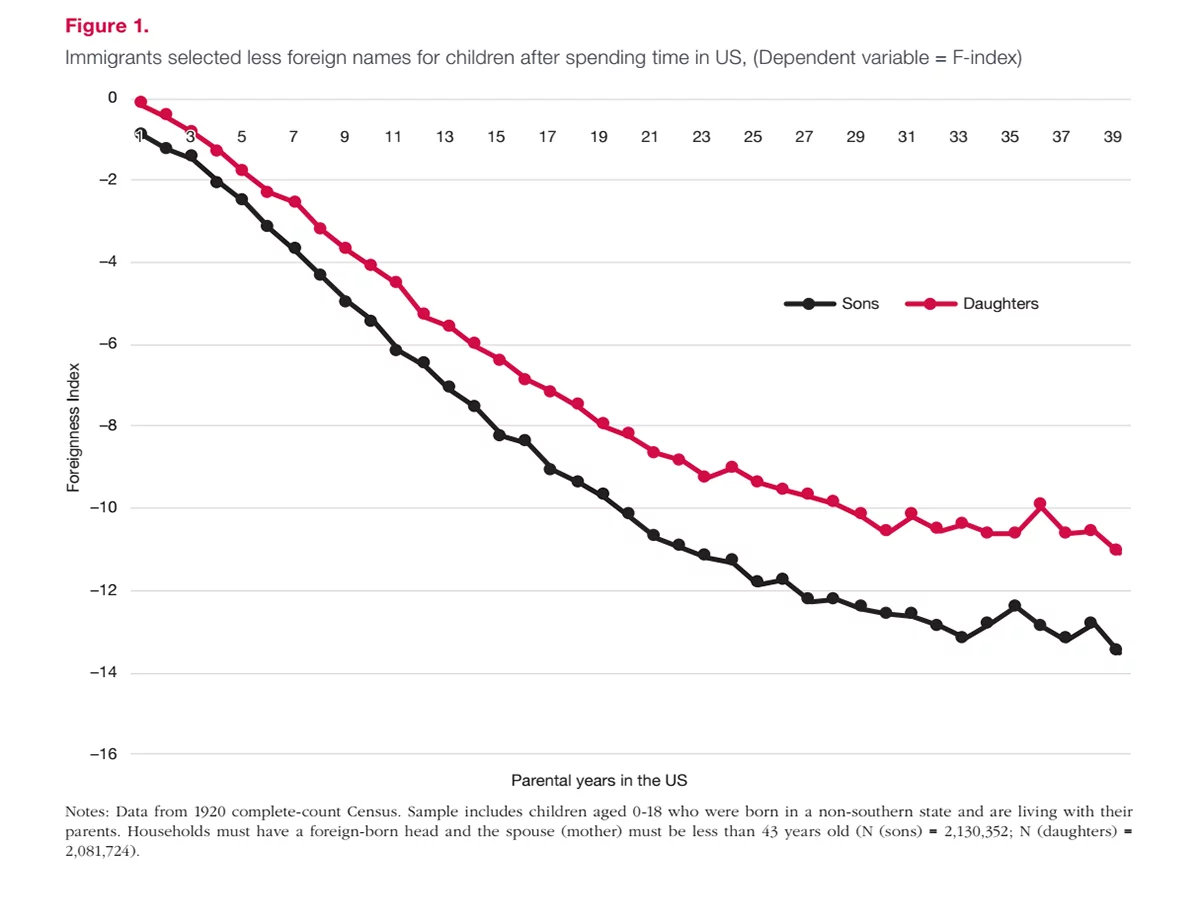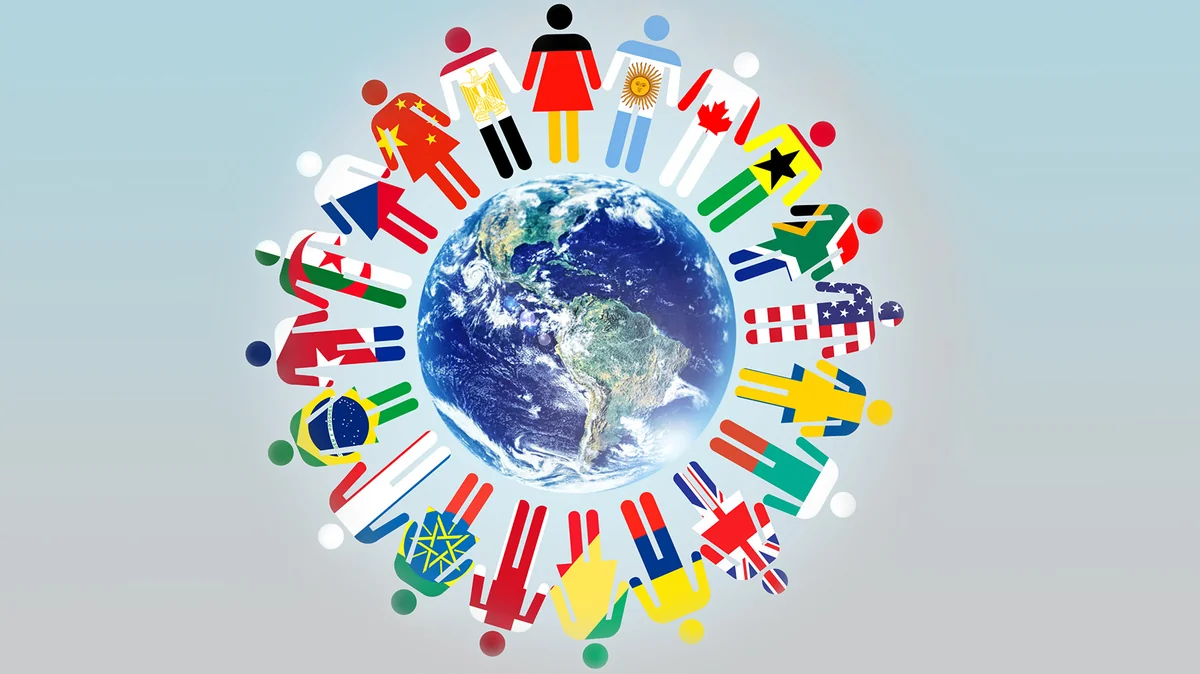By Amalia Theocharidou,
Last week, in my class, called Intercultural Communication (as one might assume, I major in International and European studies), a very debatable question was set on the table. Studying the issue of the multicultural state, one starts to wonder how and in which states each culture, consisting of immigrants and other minorities manages to keep its special entity within the state? There are specific terms that internationalists use, in order to describe each case. Specifically, a salad bowl theory is a more liberal approach to the issue, claiming that within the state, the different cultures remain distinguishable and each person has the right and the space to devote themselves to its practices. On the other hand, a melting pot theory claims that inside a common entity, the different cultures melt together and blend themselves with the mother culture, creating a homogeneous society, and leaving no room for differences.
As we were asked to provide an example for each case, I confidently stated that, in my opinion, America is a melting pot. My point seemed to be rather ambiguous, as both my lecturer and co-students seemed to disagree. In the said article, having explained the main terms, we will examine whether the USA are a melting pot or not. One of the main arguments a supporter of the salad bowl theory has, is the existence of neighbourhoods like China Town. Since a whole area is named after a country, how can their culture be oppressed? To refute this statement, one has to think simply. How authentic is the Chinese food we are tasting there? Or the typical decoration of the golden tablecloth and plastic plants? Isn’t there a high chance that all this “authentic” Chinese experience is just a westernized version, simply constructed to be liked by the masses? Having, myself, this conversation with a friend of mine (Chinese, may I add), he proved my point, saying that the food we are consuming is basically an altered version of what they really eat in his country and the restaurants are just a stereotypical view that the West has for China.

Continuing, if anyone watches the short movies on Youtube, called Halmeoni or Daniel, they’ll further understand my point. To begin with, Halmeoni tells the story of a girl, who spent her childhood years learning her home language from her grandma. But since she immigrates to America, she forgets everything she’s learnt, being unable to communicate with her family. Daniel, on the other hand, focuses on the name factor. Many times, immigrants’ names are too difficult for locals to pronnounce, leading to the teachers giving the kids a different name, or the adults changing their names in order to find work. Daniel simply shows the process of a Korean kid’s life, who changes names just to fit in his new environment.
According to the Stanford University Institute for Economic Policy Research, starting in 1981, immigrants have set as their main goal to be a part of the American lifestyle and culture. For them, this was achivable by getting the same level job as the natives. Wanting to seem more “American”, the minorities started giving their kids American names to make them associated with the USA culture, as the society directly correlated foreign names to stereotypes. According to the insitute, the more time a family is in the USA, the more likely is to change their offspring’s name. Research showed that kids who did that change completed more years of schooling and earned more, otherwise they faced discrimination.

By the 1930s, one can observe a massive change in the immigrants’ behavior. This resulted in a third of first generation immigrants being able to speak English and more than half of second generation immigrants married someone outside of their culture. They start wanting to identify as Americans. They adopt American accents. They introduce themselves as Americans. In how many TV shows we have seen an Asian person, let’s say, introducing themselves as an American and an American only? But one may wonder, what other choice immigrants have, when the bits of their culture that they want to preserve are ridiculed and a prime example of cultural appropriation by their host country (example: USA sports teams with tribal names or mascots, Cleveland Indians and more)?
Taking all this data into consideration, the result in which they lead is clear. America is a melting pot, created by the ideal image of the American lifestyle and dream, as well as the oppressing and stereotypical existing society. And I hope this article is closing with one question for each one to think. Who are we? And most importantly, are we being who we are?
References
- What History Tells Us about Assimilation of Immigrants. Stanford University Institute for Economic Policy Research. Available here
- Melting Pot. ECPS. Available here
- Salad Bowl. ECPS. Available here




